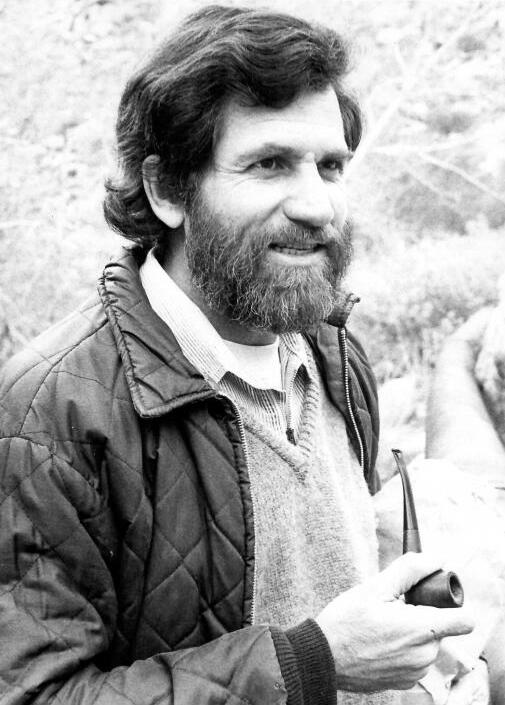“It's not what artists touch that counts most. It's what they don't touch.”
In his Essays on the Blurring of Art and Life', 1993; published by University of California Press, 4 October, 1993
А́ллан Ка́проу — американский художник и теоретик искусства, ввёл в употребление термин хеппенинг.
Капроу изучал искусство, музыку и историю искусства. Находился под сильным влиянием американского композитора Джона Кейджа и абстрактного экспрессиониста Джексона Поллока, пытался осмыслить и предсказать развитие современного искусства после эпохи абстрактного эксперссионизма. Главным в искусстве для А.Капроу было оптимальное использование пространства и движения, а также выразительного языка жестов. Совместно с художниками Джорджем Мачюнасом, Джорджем Брехтом и Элом Хансеном организует первые хеппенинги в нью-йоркской галерее Ройбен. Ему также принадлежит большой вклад в разработку первых энвайронментов.
Wikipedia

“It's not what artists touch that counts most. It's what they don't touch.”
In his Essays on the Blurring of Art and Life', 1993; published by University of California Press, 4 October, 1993
“A walk down 14th street is more amazing than any masterpiece of art.”
[[http://streets2k5.albuscav.us/upstage_guide.pdfStreets 2K5 international festival Of Street Art (May 2005) p. 19
In an interview with Robert C. Morgan, 1991; in the 'Journal of Contemporary Art, 4', no. 2, p. 56-69
In an interview with Robert C. Morgan, 1991; in the 'Journal of Contemporary Art, 4', no. 2, p. 56-69
Источник: https://www.youtube.com/watch?v=0MqsWqBX4wQ
In his essay 'The legacy of Jackson Pollock', published in 'ARTnews', Fall of 1958; as quoted by Christina Bryan Rosenberger, in 'Drawing the Line: The Early Work of Agnes Martin', Univ. of California Press, July 2016, p 121
this essay of 1958 became more or less an art-manifesto for the generation American artists after Abstract Expressionism
PORTRAITS, Talking with Artists at the Met, The Modern, The Louvre and Elsewhere (1998) by Michael Kimmelman http://www.lichtensteinfoundation.org/kimmelman1.htm
In an interview with Robert C. Morgan, 1991; in the 'Journal of Contemporary Art, 4', no. 2, p. 56-69
“The line between art and life should be kept as fluid, and perhaps indistinct, as possible.”
'Transfiguration of the Commonplace' by Anna Dezeuze in Variant 22 (Spring 2005) http://www.variant.randomstate.org/22texts/Dezeuze.html.
in 'Journal of Contemporary Art', Inc. accessed 2008-04-28 http://www.jca-online.com/kaprow.html